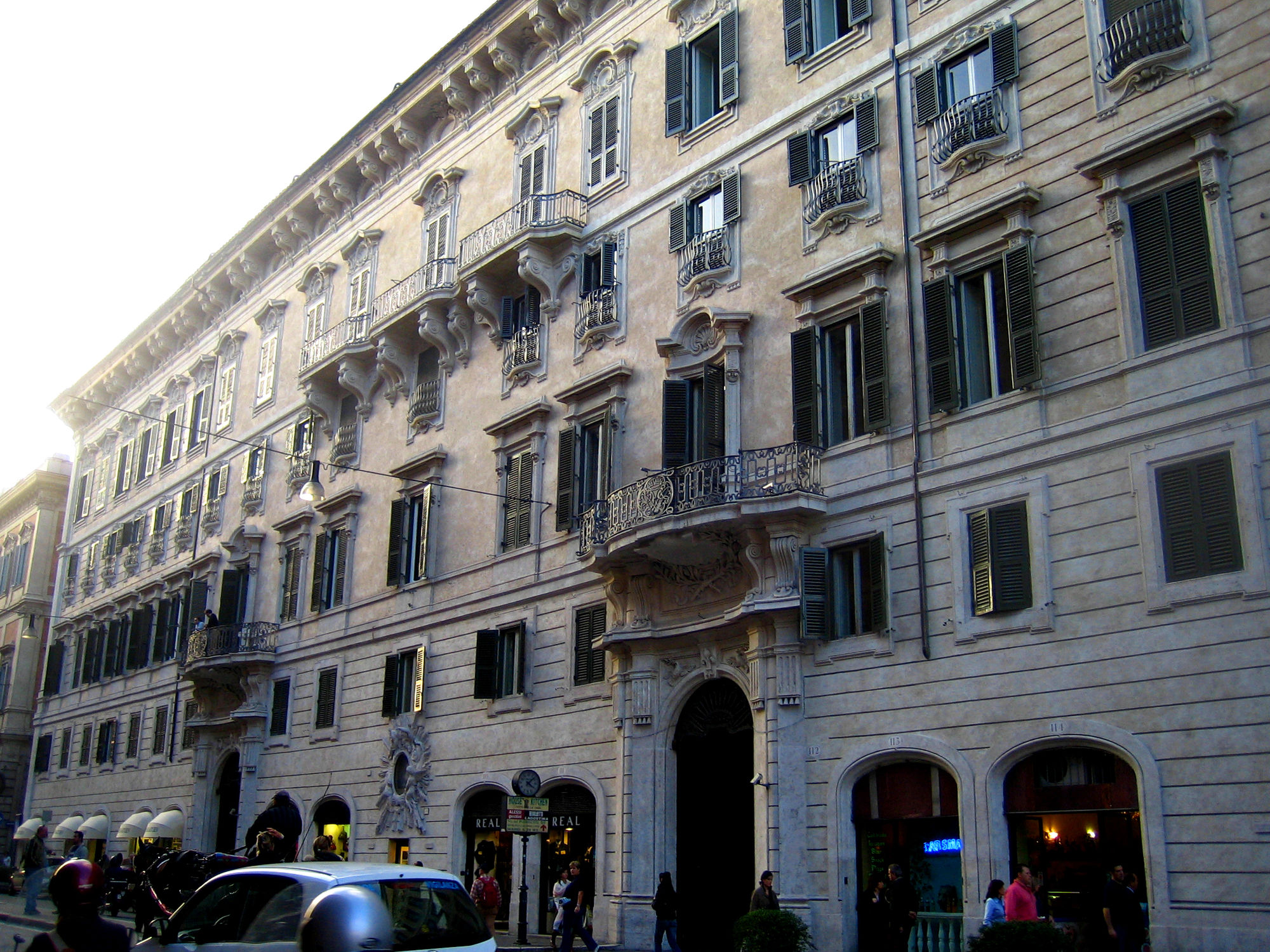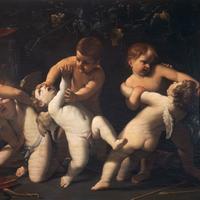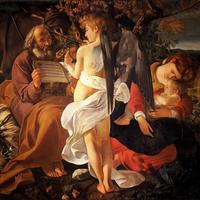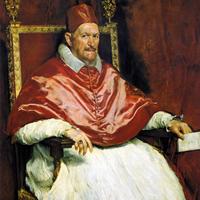More about Doria Pamphilj Gallery
Works at Doria Pamphilj Gallery

Contributor
The Doria Pamphilj Gallery is the public face of the collection of the Roman aristocratic Doria Pamphili family, whose lineage goes back approximately eight hundred years.
The family blood descends through a line of princes of a variety of communities in the "Holy Roman Empire," as well as that of Pope Innocent X. Pope Innocent X is also the subject of the Gallery's most famous asset, the Velazquez portrait. The gallery, which includes works of Caravaggio, Tintoretto, and Brueghel, hosts regular concerts, helping to build connections between music and visual art.
Between 1731 and 1734, Prince Camilo Pamphilj Jr. commissioned the Baroque architect Gabriele Valvassori to reconstruct and update the largest building of the Palazzo of the House of Doria Pamphili, located on Via del Corso in Rome. Valvassori is famous for his ornate, detailed, and imposing churches, including the Santa Maria dell'Orto, featured in the 1945 neorealist film Roma città aperta by Roberto Rossellini. The Doria Pamphilj archive preserves a 1767 document displaying the arrangement of the paintings, which allows the Gallery to promote its atmosphere as analogous to that of the 18th century.
Frank Pogson Doria Pamphilj, who married Orietta, the last princess by indirect descent of the House of Doria Pamphili, and who, by the British legal device of the deed poll, added her name to his, was raised Anglican in the United Kingdom, but eventually grew fascinated with Catholicism. This common interest initially connected him with the princess, who grew up in the Palazzo which includes the gallery, one of the three largest palaces in Rome, with over 1,000 rooms. In the 1950s, Pogson rewired and refloored the gallery, and "broke with tradition and had the dust sheets taken off the palace's private apartments, opening them up to the public for the first time."
Opening the apartments to the public, radical or not, was an effective way of promoting the lineage of the family that spared no expense to narrate its history: at the construction of the gallery, artists used abstract decorative patterns for most of the ceiling space, but "the frescoes in the second wing illustrating the Labors of Hercules make reference to Pamphilj genealogies that traced the family's descent from the mythical hero."
Sources
- Artioli, Domenico, Annamaria Giovagnoli, and Maria Pia Nugari. "The Doria Pamphilj exhibition gallery: A study of the environmental conditions." Proceedings of the 9th International Congress on Deterioration and Conservation of Stone, Venice (June 19–24,
- "The Doria Pamphilj Gallery in Rome." An American in Rome. Aug. 4, 2017, https://anamericaninrome.com/wp/2017/08/the-doria-pamphilij-gallery-in-….
- Feigenbaum, Gail. Display of Art in the Roman Palace, 1550–1750. Los Angeles: Getty Publications, 2014.
- Galleria Doria Pamphilj. "Il Palazzo e la Galleria Doria Pamphilj." https://www.doriapamphilj.it/roma/il-luogo/galleria/.
- Hanley, Anne. "Obituary: Frank Pogson Doria Pamphilj." The Independent. Oct. 8, 1998, https://www.independent.co.uk/arts-entertainment/obituary-frank-pogson-….
- McCrone, Walter, Duane R. Chartier, and Richard Jérôme Weiss. Scientific Detection of Fakery in Art. Proceedings of SPIE--the International Society for Optical Engineering. Bellingham, WA: SPIE, 1998.
- "Princess Orietta Pogson Doria Pamphilj." The Telegraph. Nov. 21, 2000, https://www.telegraph.co.uk/news/obituaries/1375039/Princess-Orietta-Po….
- S̆afar̆ík, Eduard A. Galleria Doria Pamphilj Masterpieces: Paintings. Rome: Società arti Doria Pamphilj, 1996.
Featured Content
Here is what Wikipedia says about Doria Pamphilj Gallery
The Doria Pamphilj Gallery (often Doria Pamphili Gallery in English) is a large private art collection housed in the Palazzo Doria Pamphilj in Rome, Italy, between Via del Corso and Via della Gatta. The principal entrance is on the Via del Corso (until recently, the entrance to the gallery was from the Piazza del Collegio Romano). The palace façade on Via del Corso is adjacent to a church, Santa Maria in Via Lata. Like the palace, it is still privately owned by the princely Roman family Doria Pamphili. Tours of the state rooms often culminate in concerts of Baroque and Renaissance music, paying tribute to the setting and the masterpieces it contains.
Check out the full Wikipedia article about Doria Pamphilj Gallery













